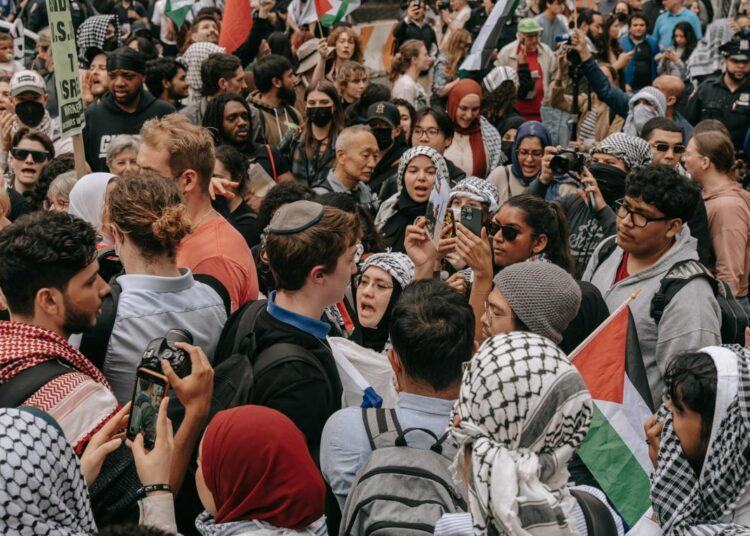The challenges and empathy towards alternative causes are installed in U.S. political culture, even amid the division and polarization characteristic of the current scenario.
Among the factors that explain the ongoing university protests, the following should be briefly mentioned.
Military financing/aid for Israel
Since its founding in 1948, Israel has been the largest recipient of U.S. aid. It is also its main ally in the region. The United States has agreed to give it almost $4 billion a year until 2028. Since October 7, the Biden administration has made more than one hundred transfers of military aid. Only two (totaling about $250 million) have reached congressional review and been made public.
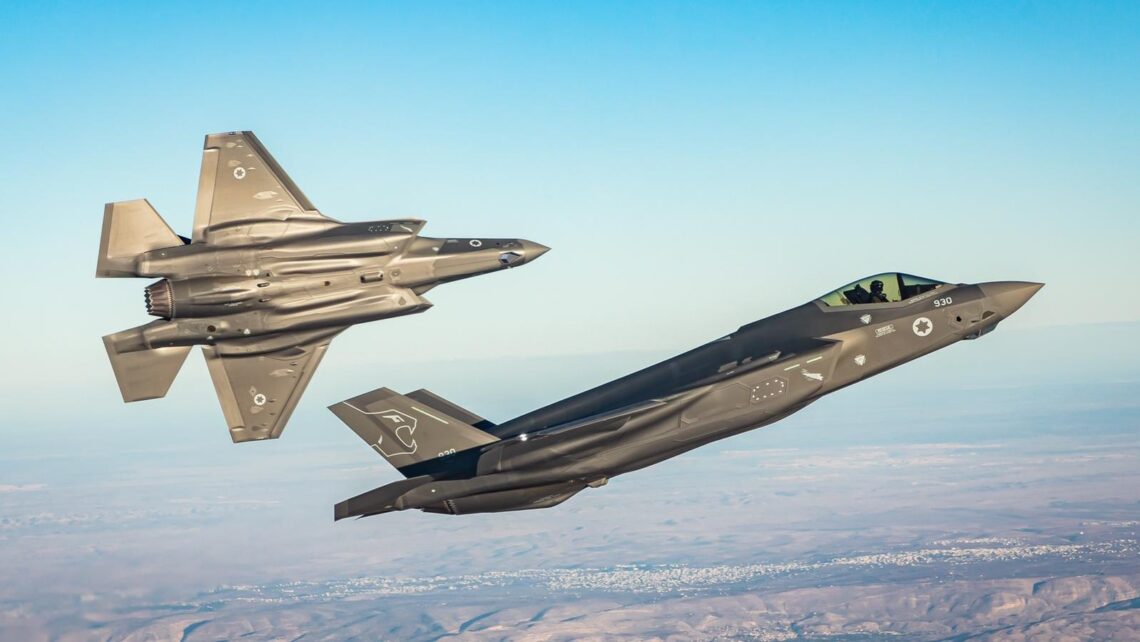
The very powerful Israeli army has systematically received weapons deliveries. It has used U.S. weapons systems including F-16s, F-35 aircraft, and Apache helicopters in its military offensive in Gaza.
In late April the House of Representatives finally approved, with bipartisan support, a $95 billion package providing security assistance to Ukraine, Israel, and Taiwan. This included $17 billion in military aid to Israel and some $9 billion in humanitarian aid to the people of Gaza. The Senate ratified it by majority.
More recently, it emerged that the United States government stopped the shipment of 3,500 bombs to Israel last week; to prevent them from being used in Rafah, where 1.5 million displaced people live in overcrowded shelters. The detained shipment, CNN specified, includes 1,800 bombs of 907 kilograms and 1,700 of 226 kilograms, according to the channel’s source, an unidentified U.S. official, who added that the concern is due above all to the final use of the former (the 1,800 heavier bombs) and “the impact they could have in dense urban environments as we have seen in other parts of Gaza.”
A CNN analysis of satellite images early in the war found more than 500 impact craters consistent with the use of one-ton bombs.
Marc Garlasco, a former U.S. defense intelligence analyst and former UN war crimes investigator, said in December that the density of Israel’s first month of bombing in Gaza “had not been seen since Vietnam.”
The new generation
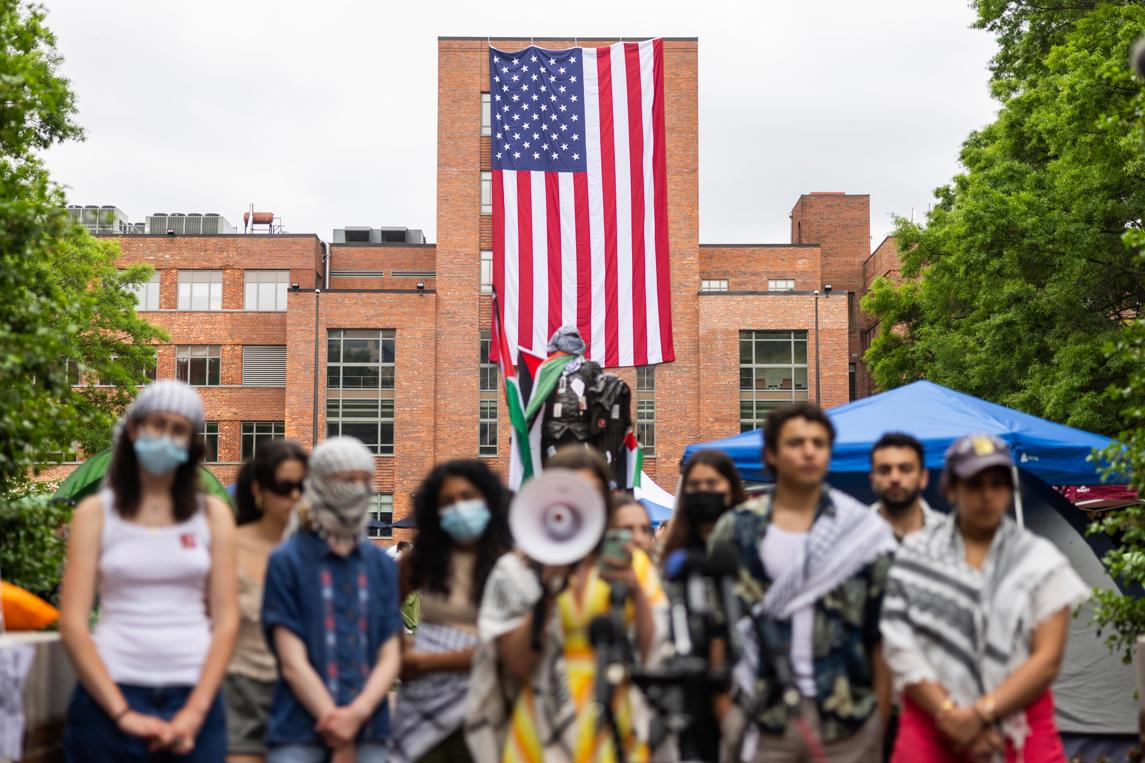
A Pew Research Center survey found that young Americans find the way Israel is acting in Gaza unacceptable and oppose the United States providing the aforementioned military aid.
A Harvard Youth Survey, implemented last March by the Institute of Politics, found that 51% of young people between 18 and 29 years old support a permanent ceasefire in Gaza, a policy supported by several Democrats in Congress.
Finally, a Gallup poll, also from last March, found that 55% of Americans disapprove of Israel’s military action. And that percentage is much higher among those aged between 18 and 34 years (63%).
Considering that young people have preferred Democrats by substantial margins over Republicans, those trends could be a threat to President Biden’s re-election hopes. They constitute, therefore, a pressure factor from the bottom up.
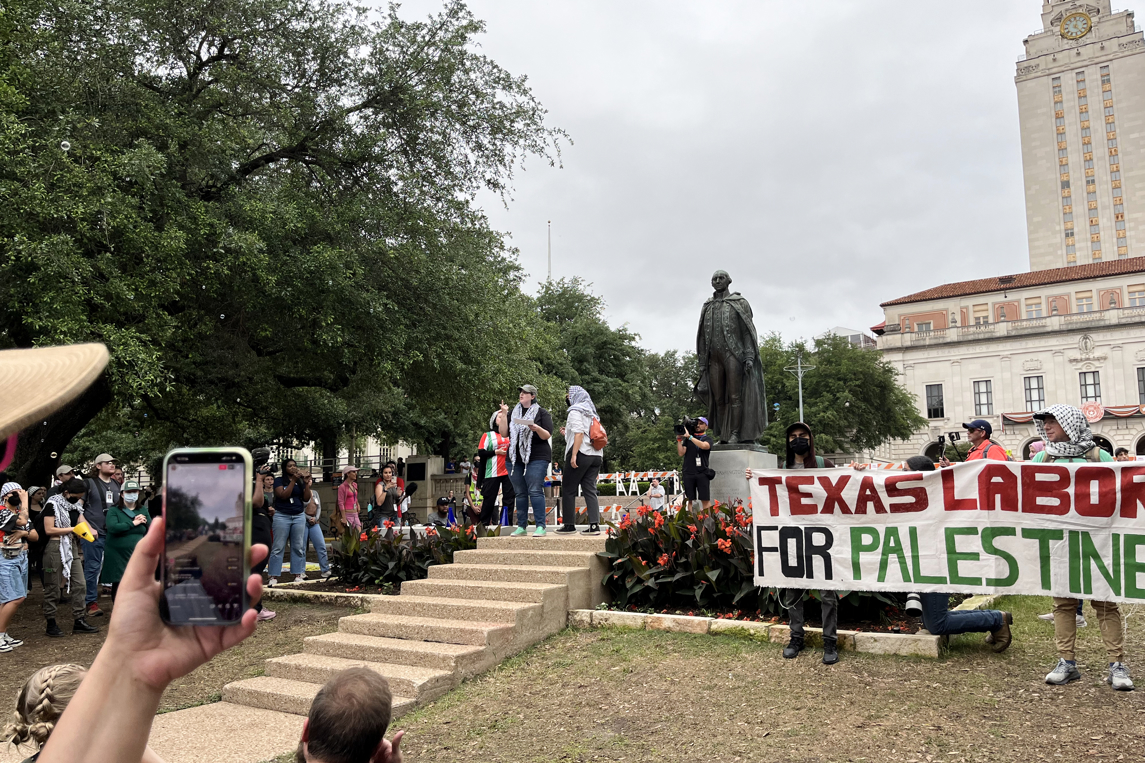
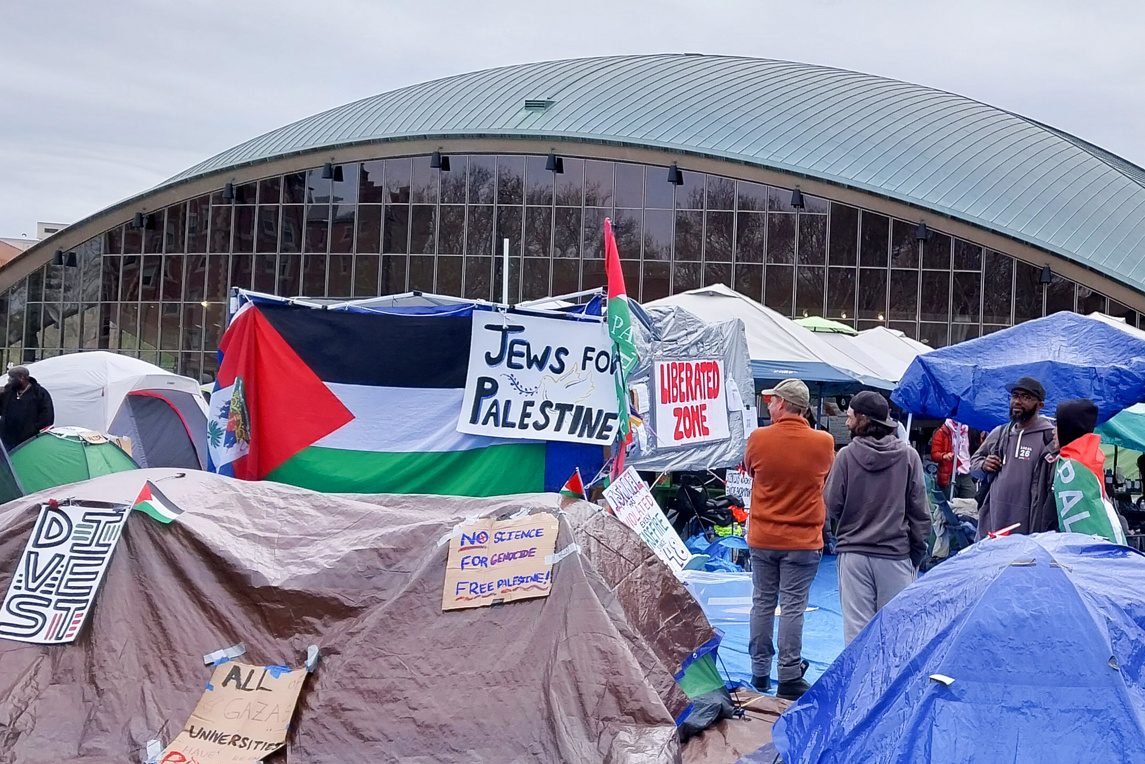
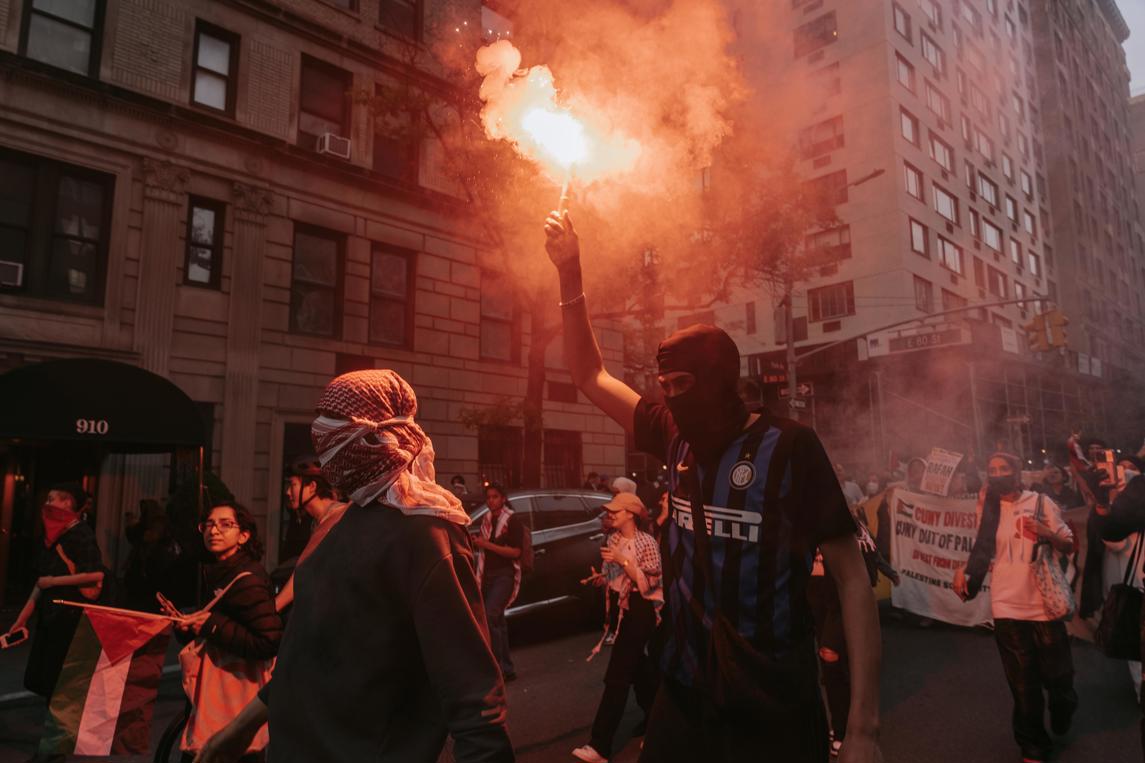
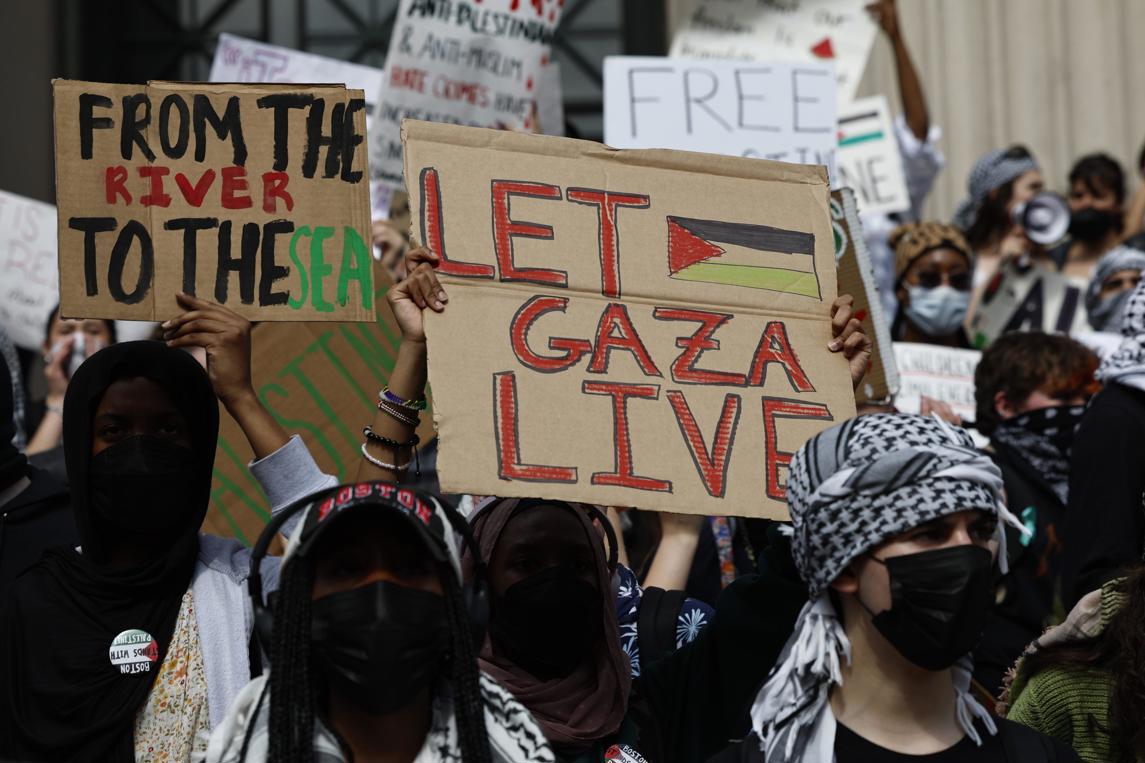
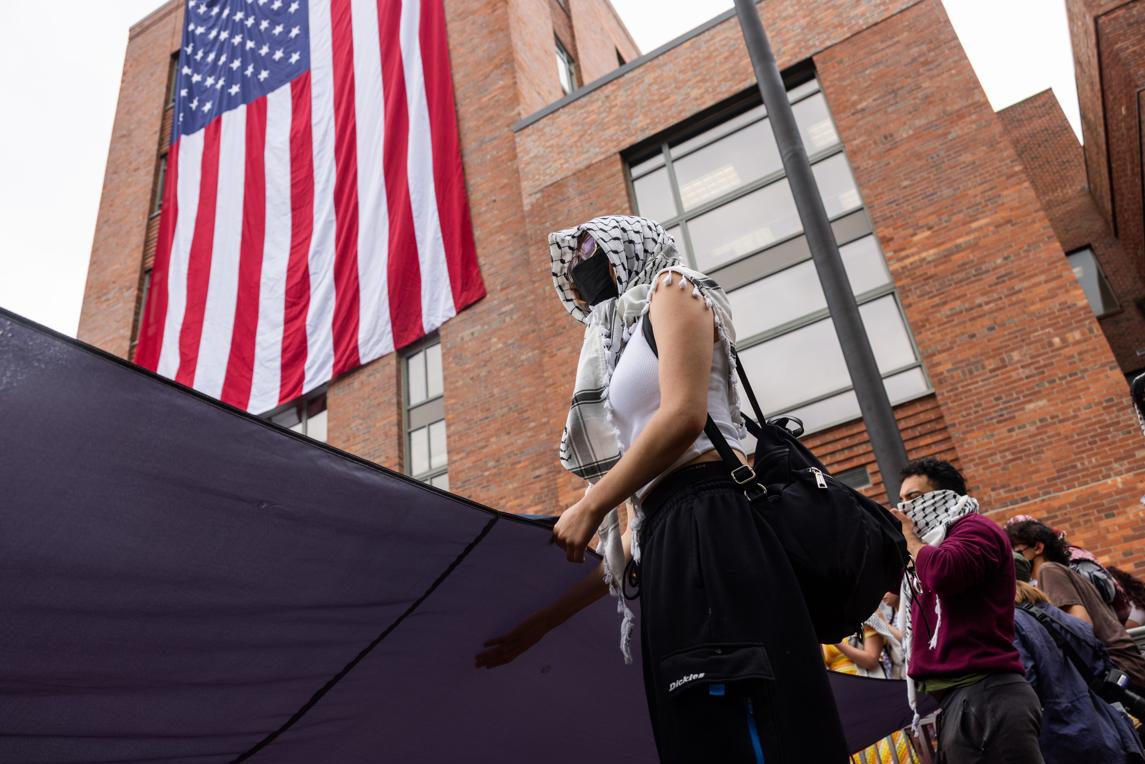
Amid protests and repression, the White House has just announced new measures to counter anti-Semitism, particularly on college campuses. These include new guidance from the Department of Education’s Office of Civil Rights for all school districts and universities nationwide, providing examples of anti-Semitic discrimination and other hate speech that could be prosecuted for violating the 1964 Civil Rights Act.
According to an AP report, Jewish students’ opinions on the conflict are diverse and often nuanced, they do not go in one direction. “They have had ardent debates among themselves about whether and how to respond as the pro-Palestinian camps spread from one university to another,” the text notes.
Activist and human rights groups
Opposed to the policy of eliminating the Palestinians, young people have been especially susceptible to the bombings and ground operations in the Gaza Strip, which have caused the death of more than 33,000 people, mostly civilians and within them, women and children; hundreds of health workers and more than a hundred journalists. More than 70,000 people have been mutilated and many of them add to the number of more than one and a half million displaced people who are at the center of a great humanitarian crisis.
At the end of 2023, more than 200 organizations and human rights networks urged the Israeli government to respect the Convention on the Prevention and Punishment of the Crime of Genocide and asked the International Court of Justice in The Hague for an order demanding that it end its military activities in Gaza. These positions of distancing and criticism and condemnation have included organizations such as Human Rights Watch (HRW) and Amnesty International (AI).
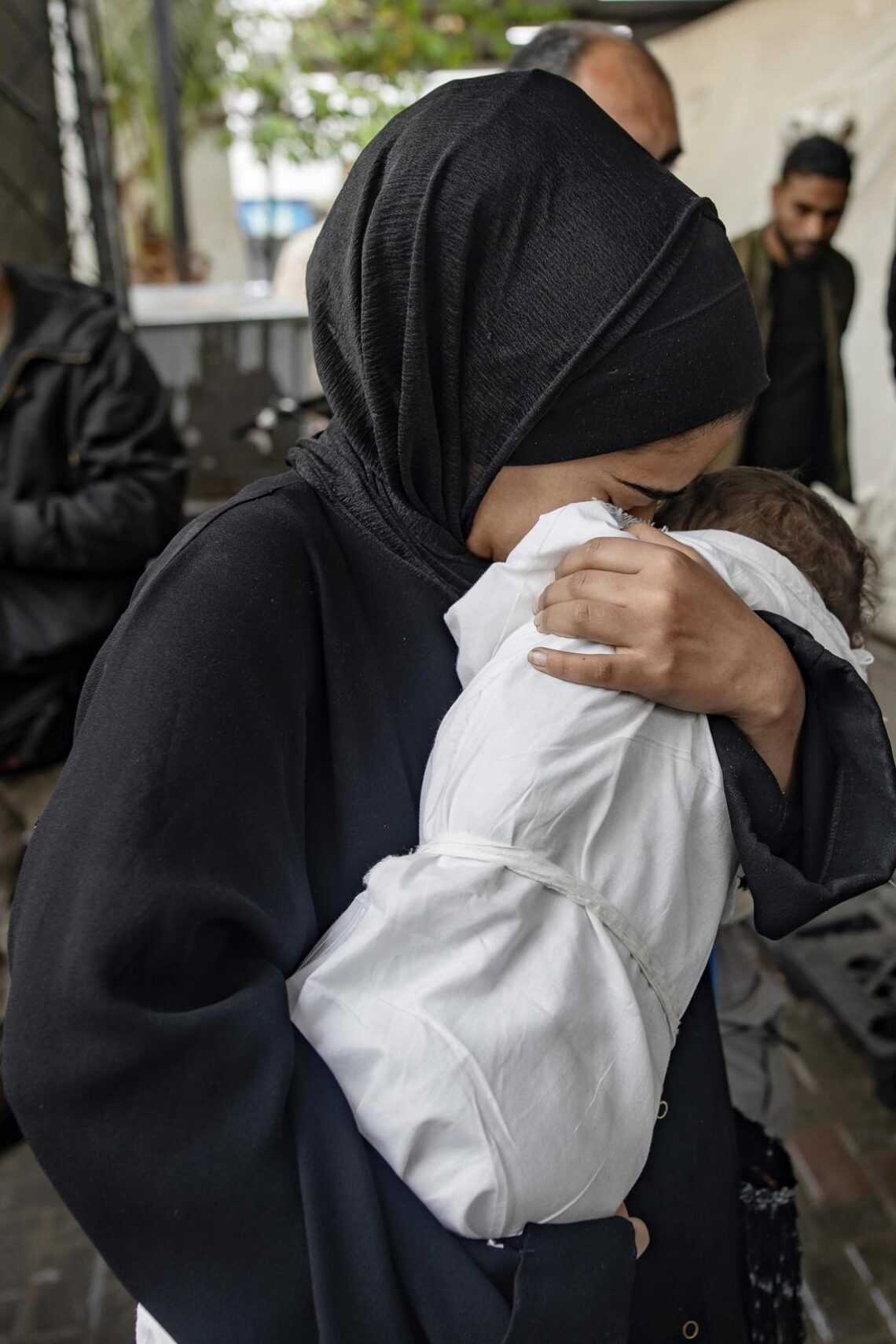
“In their stated intention to use all means to destroy Hamas, Israeli forces have shown a shocking disregard for civilian lives. They have pulverized street after street of residential buildings, killing civilians on a massive scale and destroying essential infrastructure…. Gaza is rapidly running out of water, medicine, fuel and electricity,” an AI statement said last February.
“Under international humanitarian law,” it continued, “all parties to the conflict must, at all times, distinguish between civilians and civilian objects and combatants and military targets, and direct their attacks only against combatants and military targets. Direct attacks against civilians or civilian objects are prohibited and constitute war crimes. Indiscriminate attacks are also prohibited. When an indiscriminate attack kills or wounds civilians, it amounts to a war crime. Disproportionate attacks are also prohibited, those in which the previewed damage to civilians and civilian objects is excessive compared to the ‘previewed concrete and direct military advantage.’ Knowingly launching a disproportionate attack is a war crime.
“Testimonies from eyewitnesses and survivors highlighted, time and time again, how Israeli attacks decimated Palestinian families, causing such destruction that survivors have only rubble to remember their loved ones.”
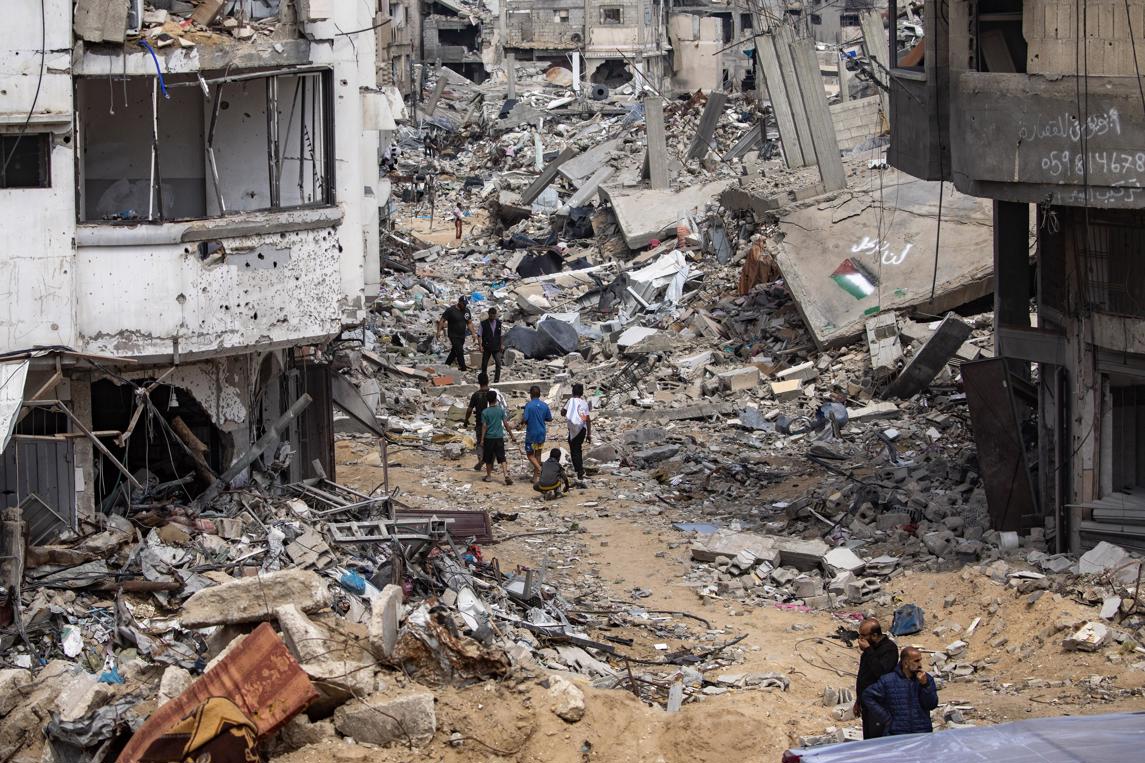
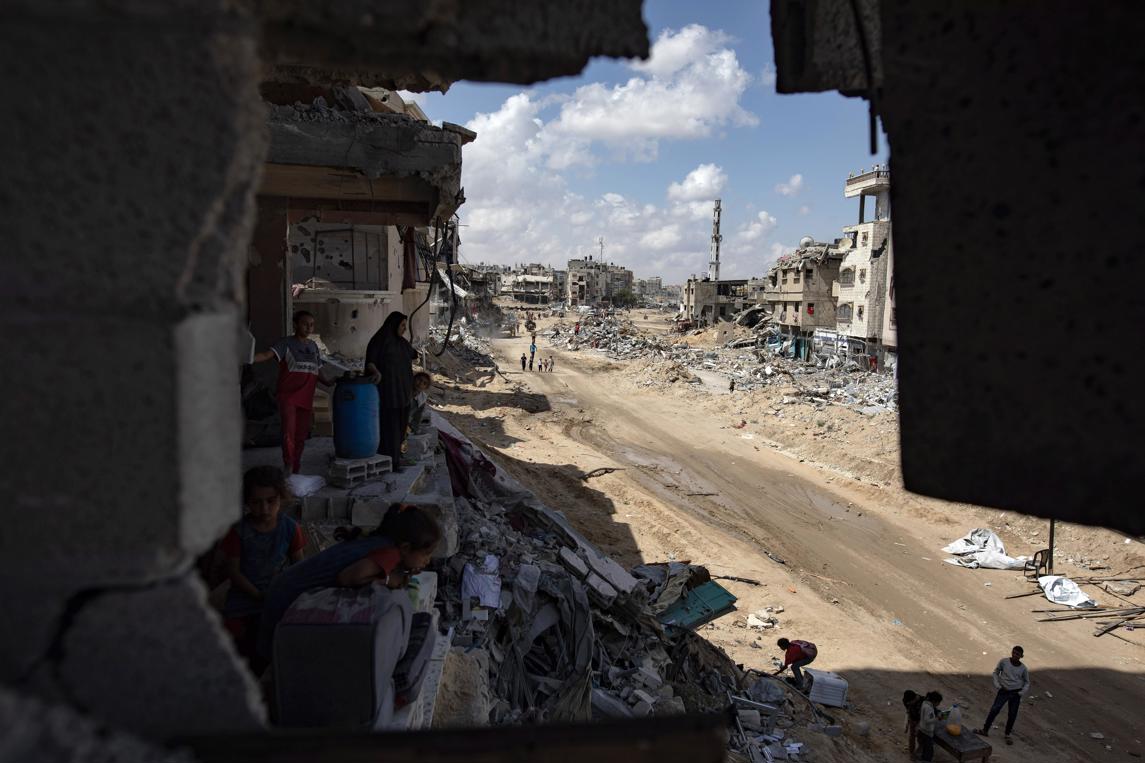
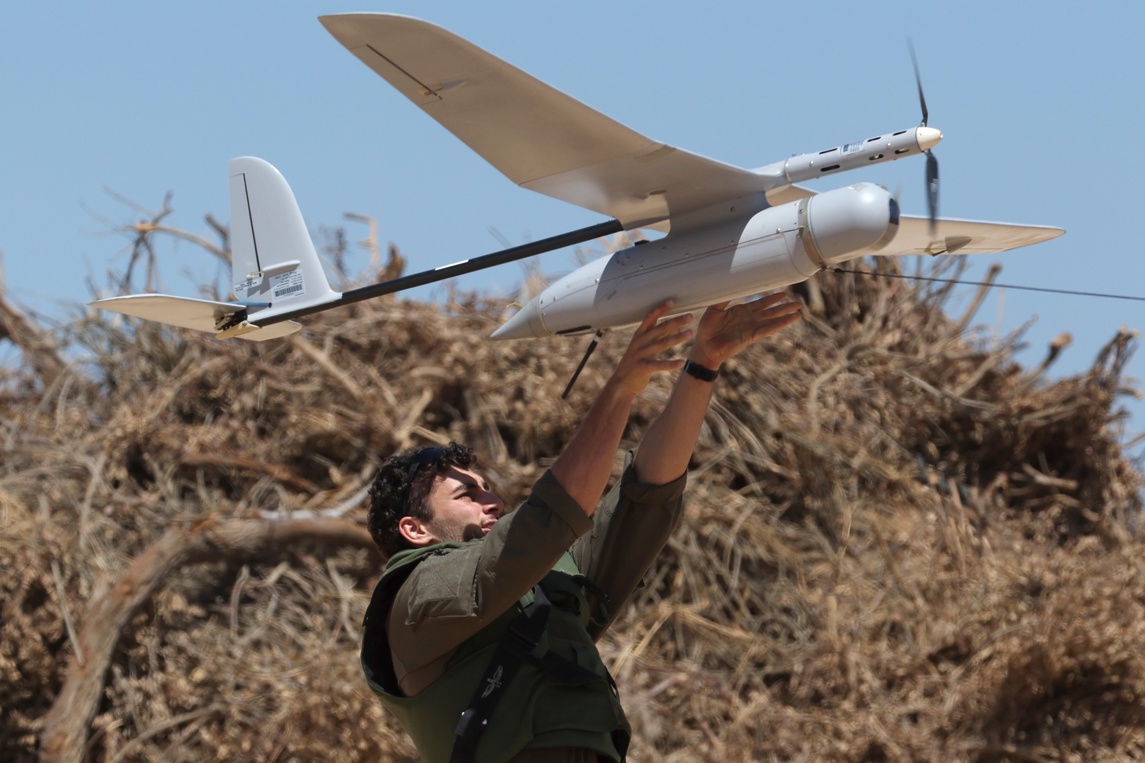
The Arab-Muslim vote
In the last primaries, cities in the state of Michigan with large Arab-Muslim populations sent a loud and clear message to President Biden over his handling of the conflict and support for Israel.
Although Biden won in that state over other Democratic candidates with more than 623,000 votes, the results in urban centers such as Dearborn, Dearborn Heights, and Hamtramck denote the challenge that his re-election campaign faces in a state that he must win to retain the House White in November. More than 100,000 voters in those primaries voted “not to commit,” in fact, it was a warning they sent to the president.
In Hamtramck, “61% of voters sent President Biden a strong message to stop supporting Israel and the invasion of Gaza. Nearly 6,500 Dearborn voters did the same, or 56%. Another pressure factor from the bottom up.
But the above does not mean alignment with Trump. As one analyst has written, “While many U.S. Muslims have been deeply critical of Biden, they are not rolling out the welcome mat for Trump. The Republican endorsed Israel’s military offensive in Gaza, announced plans to expand his Muslim ban, condemned pro-Palestinian protests and rejected the idea of bringing Gaza residents to the United States as refugees.”
The protests in Columbia
“When you go to Columbia, you know you are going to an institution that has a place of honor in the history of U.S. protests,” said Mark Naison, professor of History and African and African-American Studies at Fordham University and participant in the 1960s protests. “Whenever there is a movement, you know Columbia will be there.”
Among them, the protests against the Vietnam War and for civil rights (1968) stand out. The Students for a Democratic Society (SDS) were at the forefront of these events, opposing that University’s links with the Institute for Defense Analysis, a group that researched and analyzed weapons and strategies in Vietnam. They also sought to prohibit the CIA and the military from recruiting students.
Similarly, the Society of Afro-American Students (SAS) was protesting at the time because Columbia University was going ahead with its plans to take over part of a public park in Harlem to build a gymnasium to the detriment of the African-American residents there.
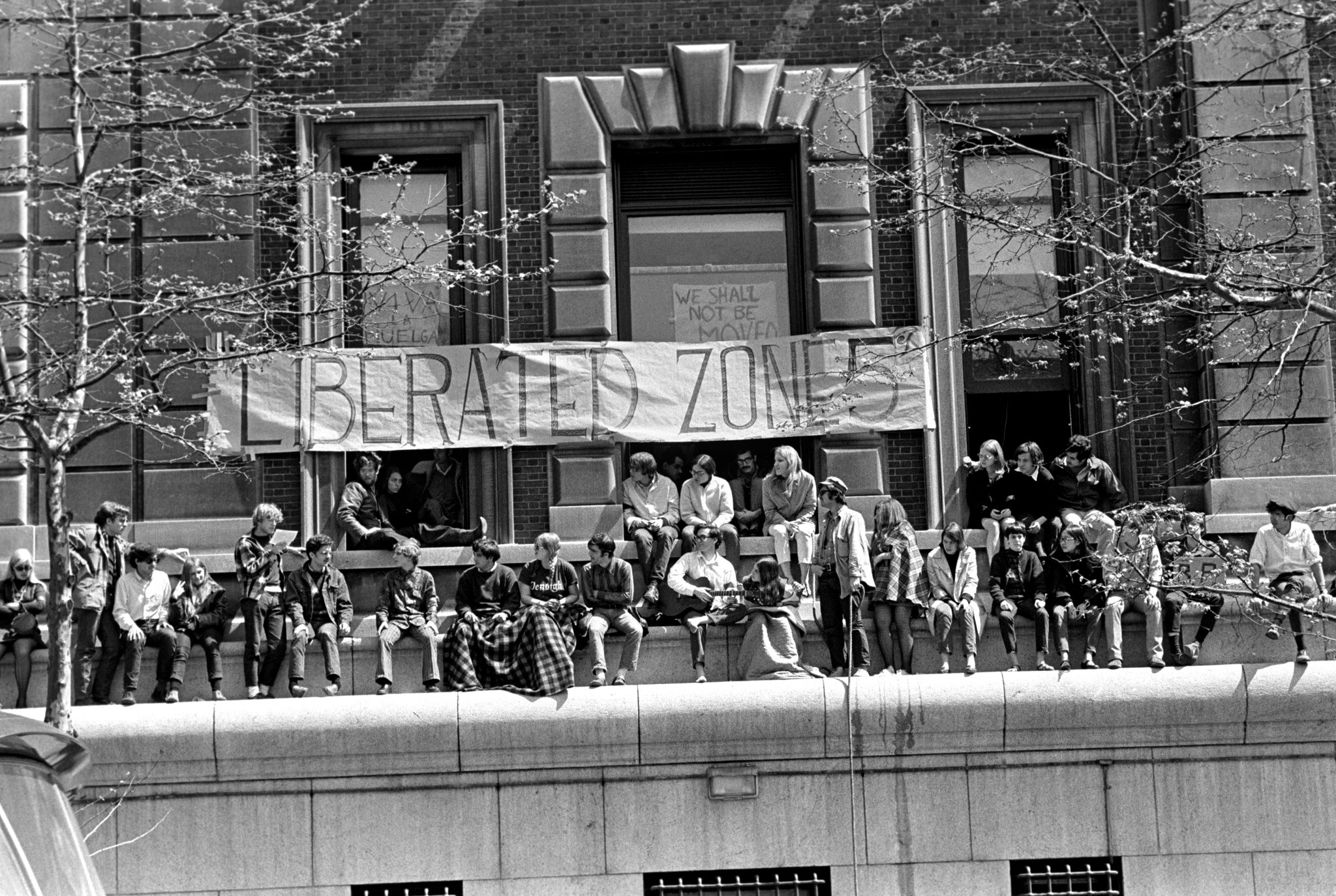
“Although the Vietnam War continued for seven more years, the protesters were successful in many ways,” historian Rosalind Rosenberg wrote. “They convinced Columbia to end classified research into the war, cancel construction of the Morningside Park gymnasium, and stop military and CIA recruiting.”
In 1984 there were protests against apartheid. The students asked Columbia to suspend its investments in South Africa. They occupied Hamilton Hall, one of the emblematic buildings of those first demonstrations.
In 2019, there were protests against climate change. In March of that year, students held one of the largest demonstrations in New York City during a national day for climate change.
And in 2014 they led protests against the genocide in Gaza. As happened in 1968 and 1984, they asked the University to get rid of any economic ties with the oppressors (in this case, with Israel) and they set up tents on the university campus.
It functioned as the spark that ignited expressions of its kind not only in U.S. universities from coast to coast, but also throughout the world, especially in France.
And, as in the 1960s, they received practically the same anathemas seen in the news these days. And identical treatment by the State apparatus: evictions, attacks, violent arrests…
“There is nothing left but to shoot the arrow, and that is what matters, not hitting the target,” a poet once said. They have planted the seeds of change. There’s the detail.
______________
Read the first part of this article here.

